Moonflower: A Guide to This Enchanting Night Bloomer
Have you ever heard of the moon flower? This stunning plant is not only beautiful, but it also has a fascinating history and many practical uses.
Not to mention, it’s unique blooming pattern at night, makes for a unique addition to any garden. Whether you’re a gardening enthusiast or simply interested in learning about this magical plant, we have all the info you need to discover the wonders of the moon flower.
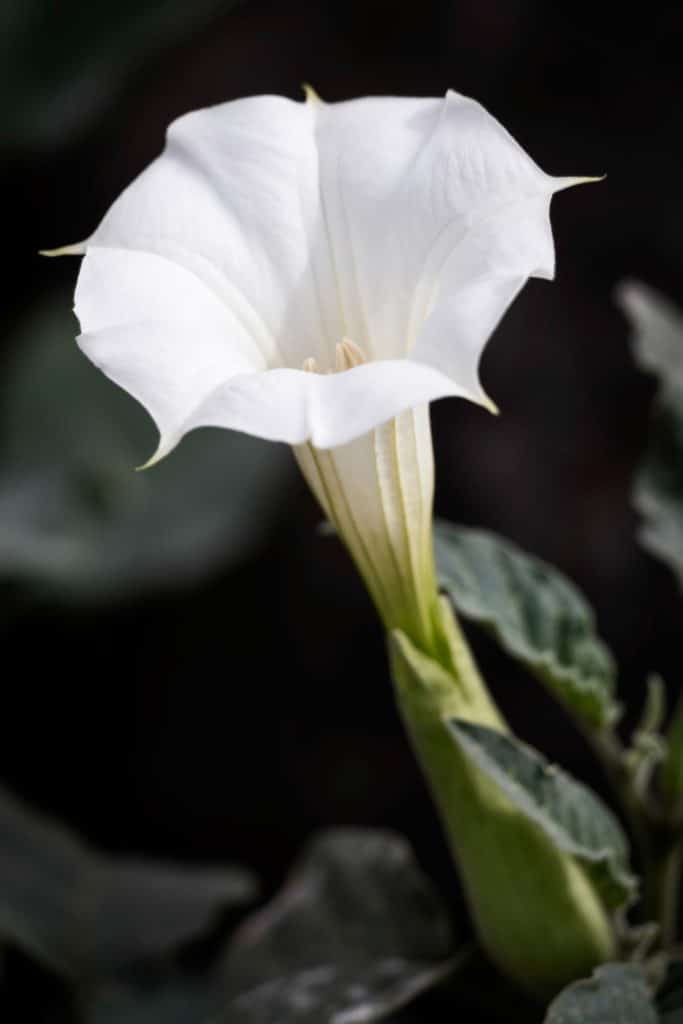
Table of Contents
What Is a Moonflower?
The moonflower, also known as the moonflower vine, evening glory, or the tropical white morning-glory, is a nocturnal bloomer that belongs to the family Convolvulaceae.
This family includes over 1,000 species of plants, many of which are climbers or creepers. The moon flower is native to tropical and subtropical regions of the Americas, including Mexico, Central America, and the Caribbean.
The moon flower plant typically grows as a climbing vine and can reach heights of up to 15 feet. Its leaves are heart-shaped, and its fragrant flowers are trumpet-shaped and can measure up to six inches in diameter.
The moon flower blooms at night and closes up during the day, hence the name “evening glory.”
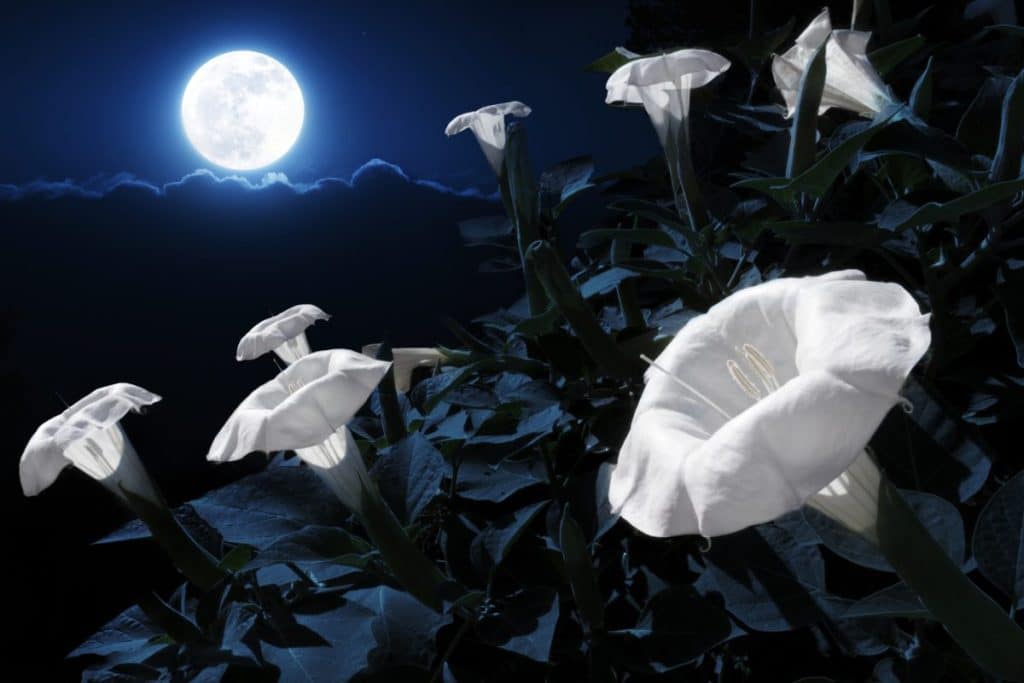
The History and Symbolism of Moon Flowers
Moon flowers have been revered by many cultures throughout history. In Aztec mythology, the moon flower was a highly treasured plant of visionaries, and was seen as a good friend and Spirit Guide. The Maya also used moon flowers in religious ceremonies, where they were believed to have mystical properties.
In modern times, moon flowers have become associated with several different symbolic meanings. One of the most common interpretations is that they represent the cycle of life and death, as their blooms only last for one night. Moon flowers are also often associated with the feminine principle, as they bloom at night and are white or pale in color.
Other Symbolizes for Moonflowers
Moonflowers also symbolize love, romance and mystery.
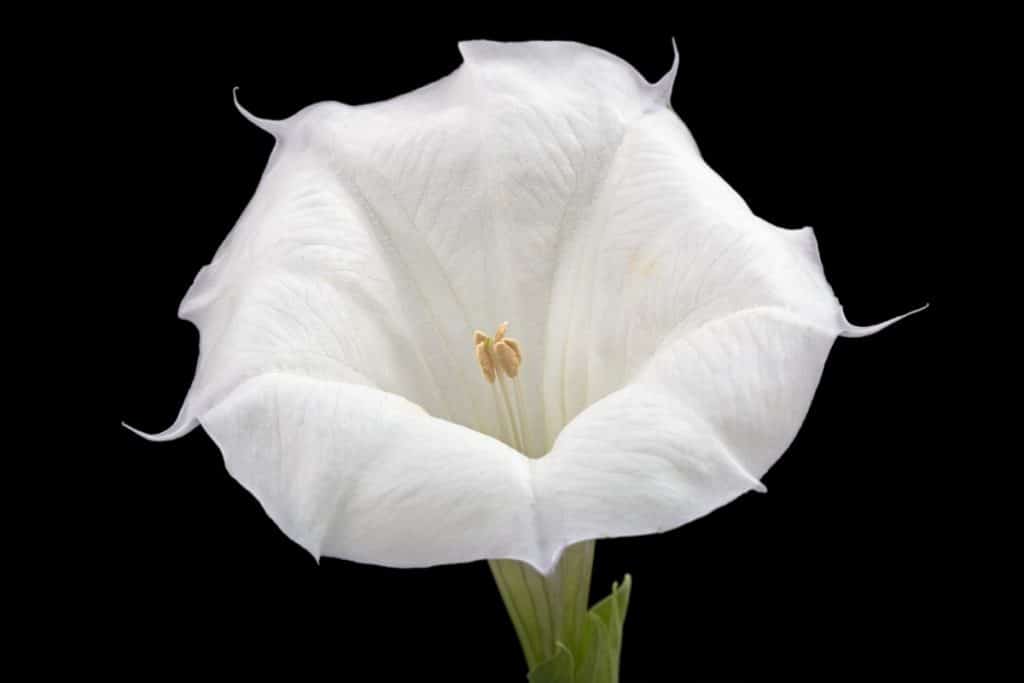
How to Grow Moon Flowers
If you’re interested in growing moon flowers, you’ll be pleased to know that they are relatively easy to cultivate. Here’s what you need to know:
Planting
Moon flowers can be grown from seeds or cuttings. If you’re starting from seeds, you’ll need to soak them in water for several hours before planting. Plant the seeds in well-drained soil, and water them regularly. Moon flowers prefer full sun but can also tolerate partial shade.
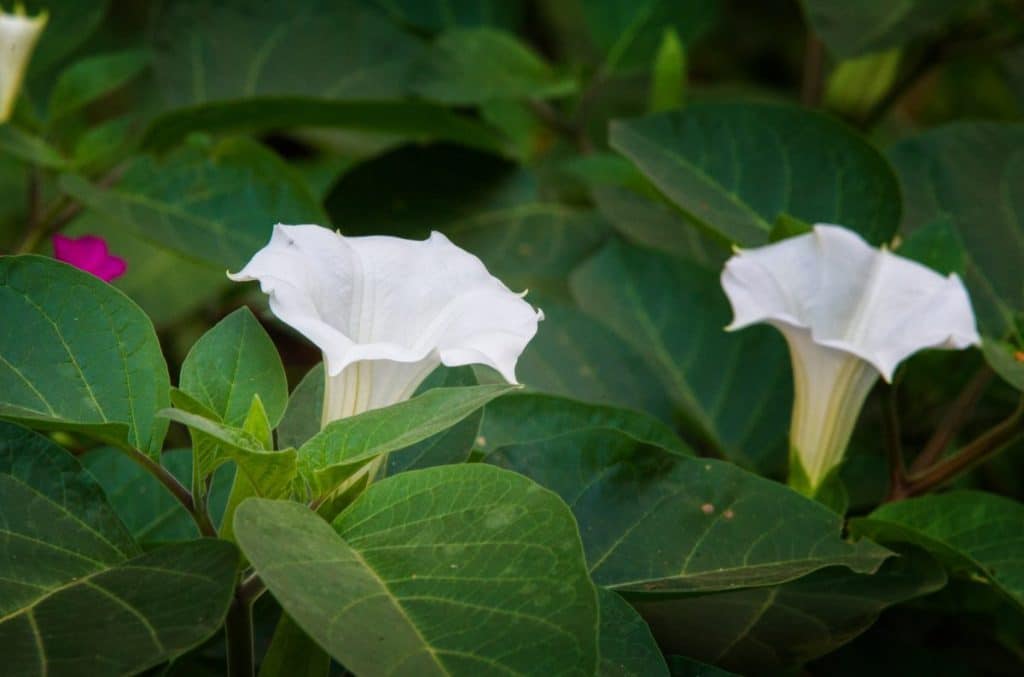
Care
Once your moon flower plant has sprouted, you’ll need to take care of it properly to ensure healthy growth. Here are some tips:
- Water regularly: Moon flowers require regular watering, especially during dry spells.
- Provide support: As a climbing vine, moon flowers need support to grow properly. Consider installing a trellis or other support structure for your plant.
- Fertilize occasionally: Moon flowers benefit from occasional fertilization. Use a balanced fertilizer during the growing season.
- Keep moonflowers away from kids and pets that may ingest the plant. It is toxic if ingested.
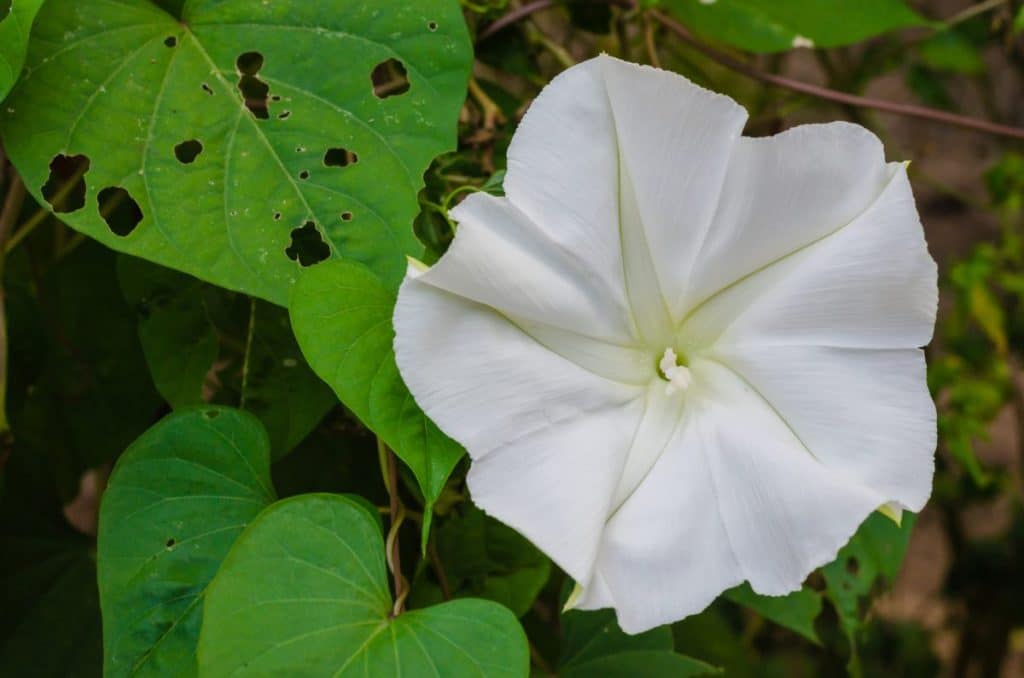
Practical Uses of Moon Flowers
Aside from their beauty and symbolic significance, moon flowers have many practical uses. Here are some examples:
Ornamental Uses
Of course, one of the main reasons to grow moon flowers is for their ornamental value. Moon flowers are a popular addition to gardens and can add a touch of enchantment to any space. Their white blooms are especially striking when viewed under the light of a full moon.
They are also known for having a light lemony, floral scent.
Moon Flowers in Literature and Pop Culture
Moon flowers have long captured the imaginations of writers and artists. In literature, moon flowers are often used as symbols of mystery, femininity, and the passage of time.
In the novel “The Moonflower Vine” by Jetta Carleton, for example, the moonflower is used as a metaphor for the cycles of life and the interconnectedness of family members.
In pop culture, moon flowers have been referenced in songs, films, and television shows.
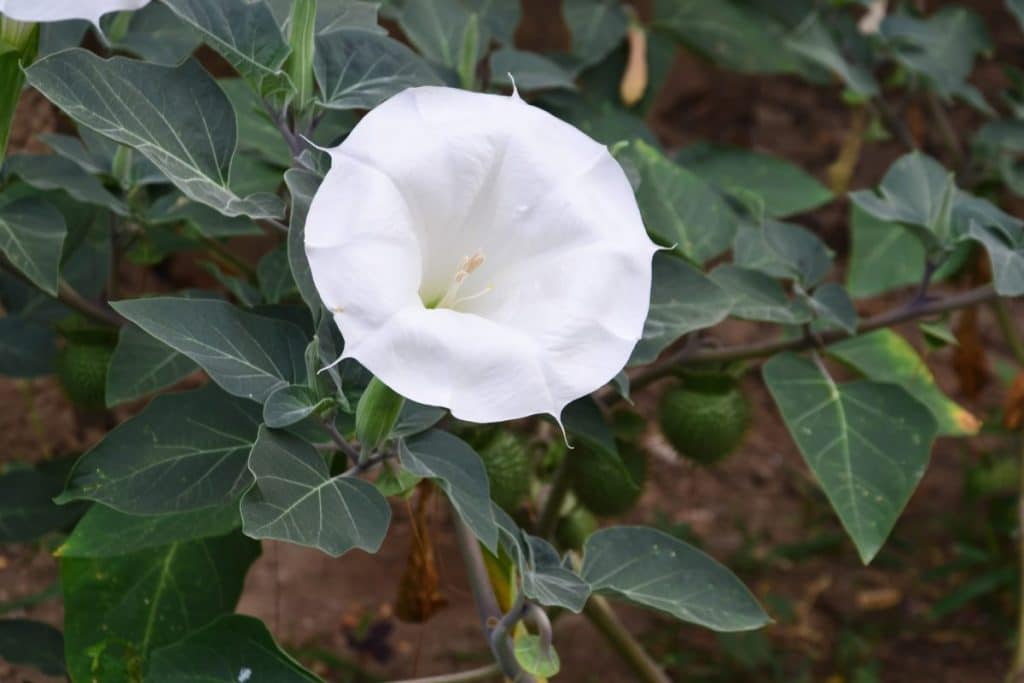
Where to Buy Moonflowers
There are many varieties of moonflowers and you want to ensure the seeds you buy, are made for the zones you live in so they can thrive even in the night.
With that being said, there are several places you can purchase moonflower seeds including:
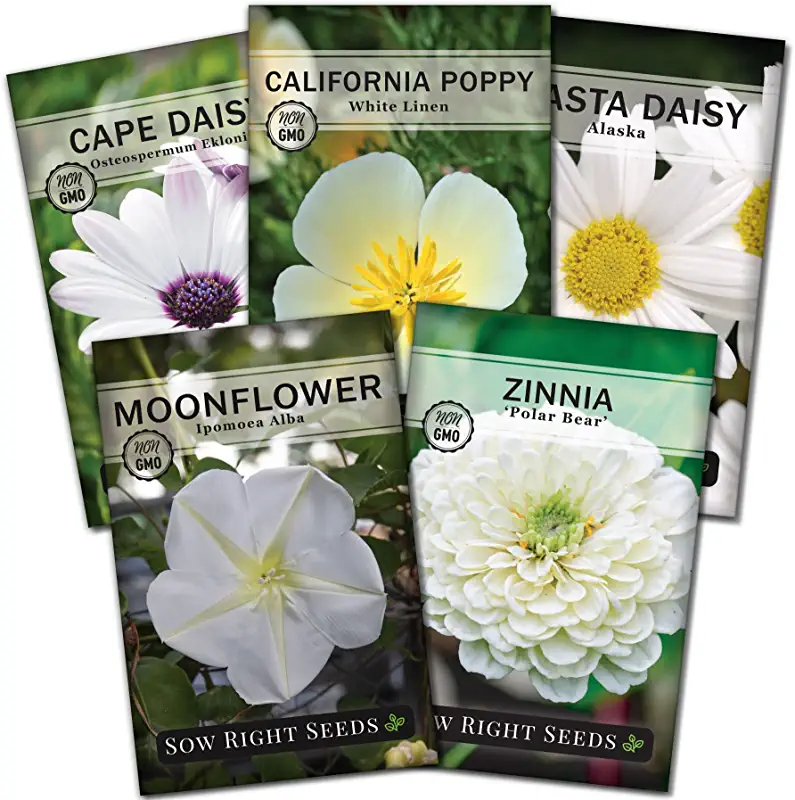
Whether you’re interested in gardening, folklore, or simply appreciate the beauty of flowers, the moonflower is a plant worth getting to know. From its origins in Aztec mythology to its modern-day uses, this nocturnal bloomer has a rich history and many practical applications.
So why not plant some moonflowers in your garden and see what enchantment they bring to your life?







The moonflower sounds so interesting! I will get some and go to the moon with them😂😊
My Moonflowers are just magnificent and not as many as years before. I grow them as an annual every summer and they bloom in the fall. I live in apt complex and I am the only one out going nuts over my large saucers. May this year have some well needed rain on those hot days.Beth, Moonflower grower.